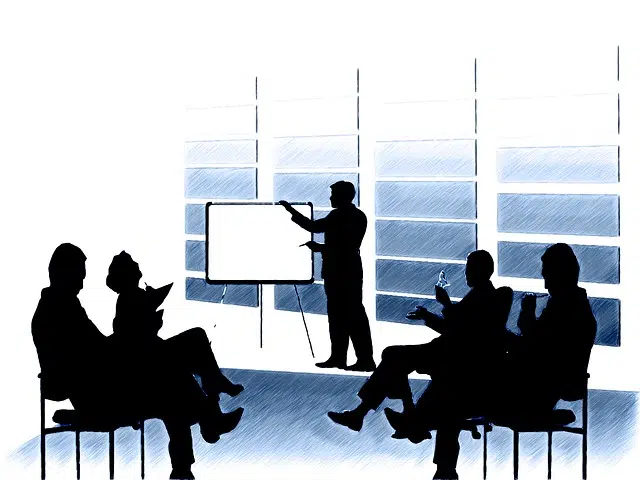
Guidelines are usually conveyed in a hierarchical framework.
A guideline is a rule or instruction that is taken into account to do something. It is also about that which determines how something will be produced. The guidelines, therefore, lay the foundations for the development of an activity or a project .
For example: “The coach gave the captain guidelines for the team to play on the rival field,” “The manager is meeting with the owner of the company to determine the guidelines to follow,” “Without guidelines, this organization will never be able to comply.” with its objectives.”
Transmission of guidelines
Guidelines are generally transmitted within the framework of a hierarchy . Those in higher positions are responsible for developing and transmitting guidelines to subordinates. In this way, in a company , the manager, president or owner is the one who decides the guidelines and communicates them to the employees.
It is possible, however, for guidelines to be decided through dialogue and consensus . A meeting between different members of a company can lead to the establishment of guidelines to follow in the following months.

In the workplace, it is common for bosses to give guidelines to their subordinates.
The example of the United Nations and youth crime
To cite a practical example, in 1990 the United Nations adopted and proclaimed a series of guidelines to promote the prevention of criminal acts by young people. In principle, they are based on the fact that youth represents the future of society, which is why it is imperative to encourage them to explore their capabilities and direct their lives in a productive way so that they become responsible adults, who follow a line of conduct that respects their own rights and those of the rest of the citizens.
However, the importance of respecting young people and then demanding the same from them should not be underestimated. From childhood, it is essential to instill in children that their presence in society does not go unnoticed; that their actions, their way of relating, their ideas have an impact on their environment. On the other hand, this document recognizes that challenging attitudes are common to most people when they reach adolescence, and that if appropriate guidance is received, they tend to disappear with the arrival of adulthood.
Some of the fundamental points revolve around the development of educational plans to help disseminate the objectives of the proposal, especially among the most needy sectors of the population. An attempt is made to train to prevent the criminal act and the inevitable sanction, which is often the greatest cause of resentment in young people, and encourages them to continue down the path of crime.
It is important to keep in mind that a harsh punishment may seem fair to the party imposing it, but excessive and unexpected to the party receiving it. Furthermore, the humiliations they must undergo in correctional centers fuel their anger against society and force them, ironically, to continue learning the codes of the criminal world in order to survive. To avoid reaching these instances, the guidelines focus on guidance and creating an awareness of respect and harmonious coexistence in childhood.
Guidelines in mathematics
For geometry , a line or figure that produces the determination of the properties of another figure or line (which is called a generatrix ) is known as a directrix. The generatrix, which depends on the directrix, can be a straight or curved line that forms a geometric figure.
When the generatrix takes the form of a straight line that rotates around another guiding line, a cylindrical or conical surface is created. On the other hand, if the generatrix is a curve, it produces ellipsoids or spheres .
